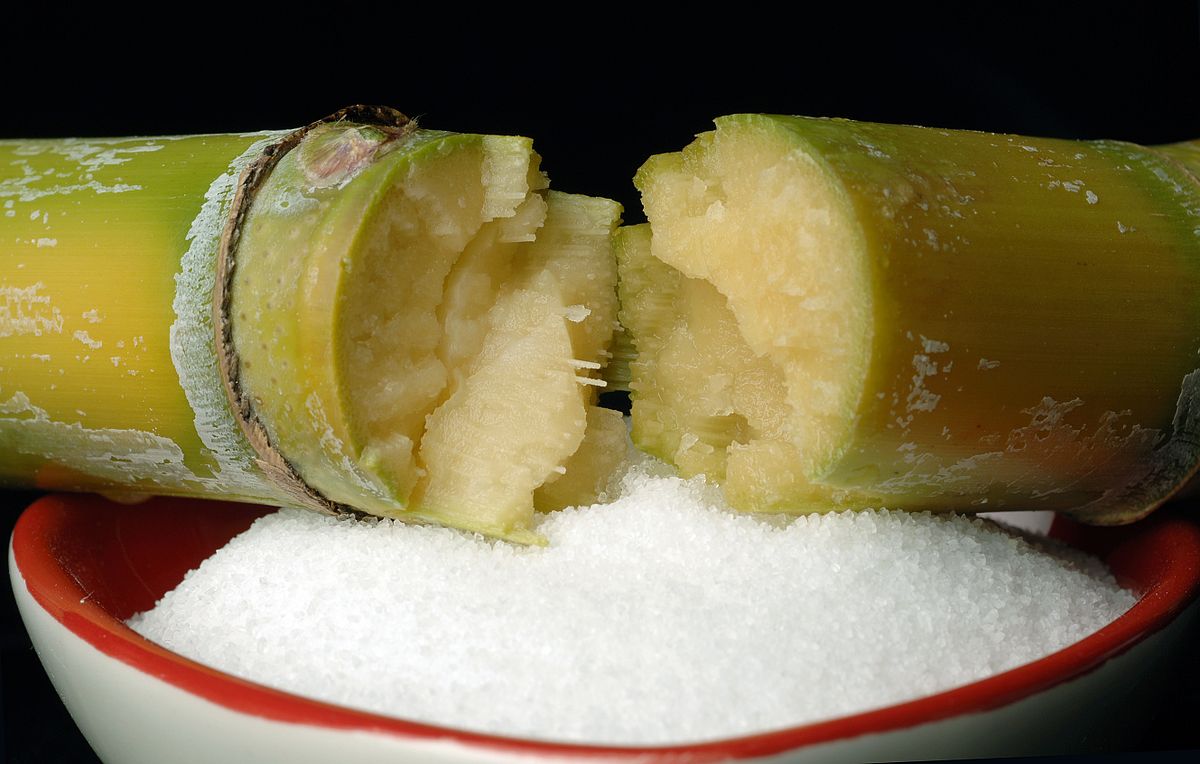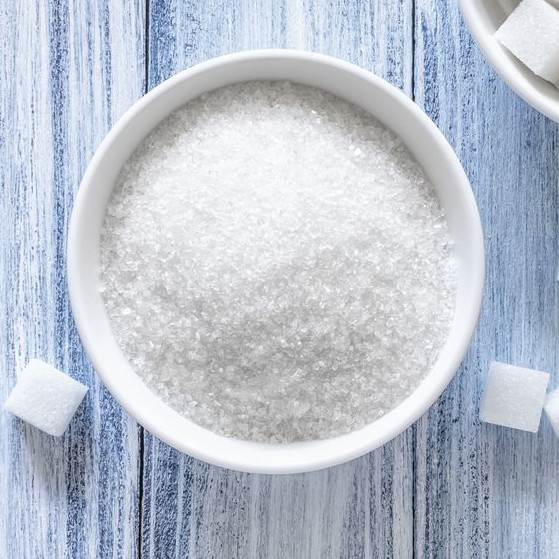Cane Sugar Processing: Innovative Techniques for Quality Production
Cane Sugar Processing: Innovative Techniques for Quality Production
Blog Article
Exploring the Comprehensive Steps Associated With Walking Stick Sugar Handling From Gathering to Improvement
The procedure of walking stick sugar production encompasses a series of detailed actions, starting with the cautious harvesting of sugarcane and culminating in the refinement phases that ensure the last item satisfies market requirements. Each phase, from the removal of juice to the filtration and formation procedures, plays a crucial role in determining the quality and personality of the sugar.
Collecting Sugarcane
Collecting sugarcane is a critical action in the cane sugar processing chain, as it directly influences the quality and return of the last product. Appropriate timing and methods are vital during this phase to make certain optimum sugar material and reduce losses. Commonly, sugarcane is harvested when it gets to maturity, generally 12 to 18 months after growing, characterized by a high sucrose concentration.

Post-harvest, the sugarcane needs to be refined promptly to avoid sucrose destruction. Ideally, gathered walking stick should be transported to refining centers within 24 hr to maintain sugar high quality. Therefore, effective logistical preparation is crucial to keep the stability of the gathered crop throughout the supply chain.
Removal Process

The crushed walking stick goes through a series of pushing procedures to take full advantage of juice healing. Typically, warm water is sprayed onto the smashed walking cane, creating a countercurrent flow that helps dissolve the sugar while likewise aiding in the extraction process. The juice gathered from this operation includes not only sugar but additionally different natural substances and contaminations.

To enhance removal effectiveness, some centers may utilize diffusion methods, where the sugarcane is saturated in warm water, enabling the soluble sugars to diffuse right into the liquid. The resulting juice, rich in sucrose, is after that guided to subsequent processing stages, laying the foundation for purification and refinement. The extraction procedure is thus critical in identifying the quality and return of the final sugar product.
Purification Strategies
The filtration methods used in walking cane sugar handling are crucial for transforming the raw juice right into a high-grade sugar item. These techniques mainly intend to eliminate contaminations, such as soil, plant products, and not natural substances, which can negatively impact the final product's flavor and shade.
Among the most typical purification methods is clarification. This process involves adding lime and warmth to the raw juice, which assists in the coagulation of pollutants. The resulting precipitate is then eliminated with sedimentation or filtration, generating a clearer juice. Furthermore, making use of phosphoric acid can boost the clarification process by additional binding pollutants.
Another considerable strategy is carbonatation, where carbon dioxide is introduced to the clarified juice. This reaction generates calcium carbonate, which captures staying contaminations and advertises their removal.
In addition, activated carbon treatment may be applied to adsorb any type of continuing to be colorants and natural pollutants, guaranteeing an extra polished item. The combination of these methods properly prepares the sugar juice for subsequent actions in the refining procedure, setting the phase for the production of high-quality walking cane sugar.
Formation Techniques
After the filtration phase, the next critical action in walking cane sugar handling entails formation methods, which play discover here an essential role in changing the clarified juice right into strong sugar. This procedure usually employs two primary approaches: spontaneous crystallization and regulated crystallization.
In spontaneous condensation, supersaturated sugar solutions are permitted to cool naturally, bring about the development of sugar crystals in time. This approach is simpler but may lead to unequal crystal dimensions and reduced pureness degrees. On the various other hand, controlled crystallization is an extra accurate technique where temperature level, focus, and seeding representatives are carefully managed. This approach enables the uniform development of sugar crystals and greater pureness.
During crystallization, the cleared up juice is concentrated via dissipation, increasing its sugar content up until it gets to supersaturation. Once this factor is achieved, either approach can promote the condensation procedure. Cane Sugar Processing. The resultant sugar crystals are after that divided from the continuing to be syrup through centrifugation
Ultimately, the selection of formation approach affects the top quality, size, and pureness of the last sugar item, making this step necessary in the overall cane sugar handling procedure.
Refinement and Packaging
Exactly how can the purity and high quality visit the site of cane sugar be even more boosted after condensation? The refinement process plays a crucial function in accomplishing top notch cane sugar. Following condensation, sugar goes through a detailed cleaning to remove contaminations and residual molasses. This is typically accomplished utilizing cozy water or heavy steam, which aids liquify and draw out unwanted elements while protecting the sugar crystals.
Next, the sugar undergoes a procedure called centrifugation, where it is spun at broadband to divide the cleansed sugar crystals from the remaining liquid. After centrifugation, the sugar is commonly more refined via a technique called carbonization or phosphatation, which uses triggered carbon or phosphoric acid to remove color and off-flavors.
As soon as fine-tuned, the sugar is dried out to attain the desired moisture material, guaranteeing that it stays steady during storage and transport. The final action involves packaging the refined sugar in closed and moisture-proof containers to preserve its top quality and prevent contamination. Cane Sugar Processing. Appropriate product packaging not just prolongs service life yet also helps with simple handling and circulation, ensuring that customers receive sugar that meets the highest requirements of pureness and high quality
Conclusion
The extensive actions associated with walking stick sugar processing, from the meticulous harvesting of sugarcane to the complex refinement and product packaging stages, highlight the check significance of each stage in making certain top notch sugar manufacturing. Optimal harvesting methods, efficient removal techniques, and extensive filtration processes jointly add to the final product's purity and security. The crystallization and subsequent packaging techniques further boost the honesty and service life of the sugar, highlighting the intricacy and precision integral in this essential agricultural sector.
The process of walking cane sugar manufacturing includes a collection of elaborate steps, starting with the cautious harvesting of sugarcane and culminating in the refinement phases that make certain the last product satisfies industry standards. Preferably, collected walking stick needs to be transported to processing centers within 24 hours to maintain sugar high quality.In spontaneous condensation, supersaturated sugar remedies are permitted to cool down naturally, leading to the formation of sugar crystals over time - Cane Sugar Processing. The improvement procedure plays a critical function in attaining high-quality walking stick sugar.The thorough actions entailed in walking cane sugar processing, from the meticulous harvesting of sugarcane to the intricate improvement and product packaging phases, underscore the importance of each phase in making sure high-grade sugar manufacturing
Report this page